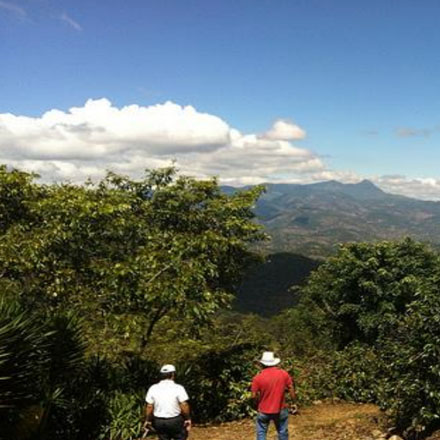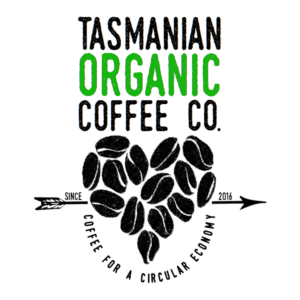Sustainability
People don't want just a great coffee, they also want to feel great about drinking it!
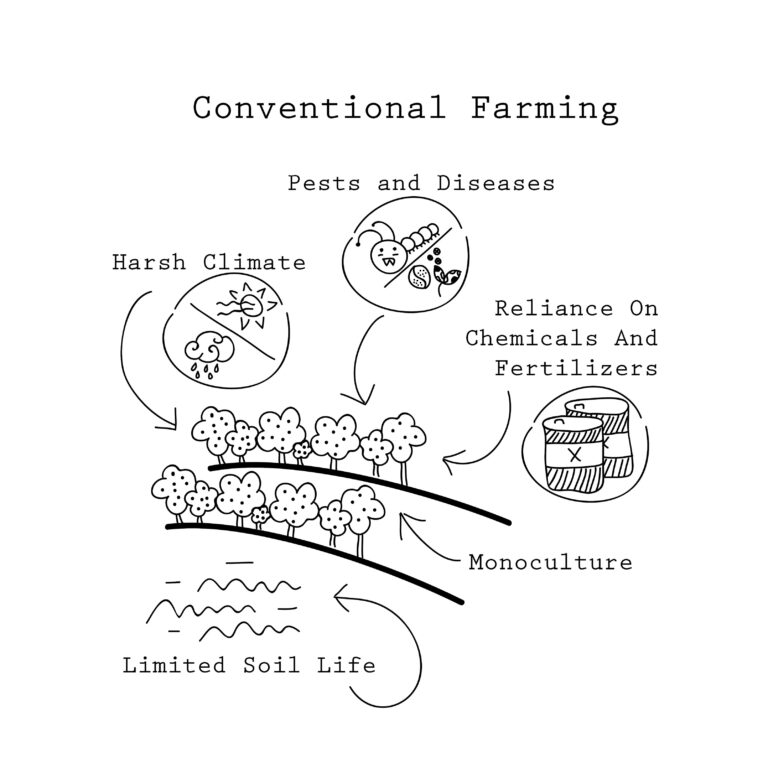
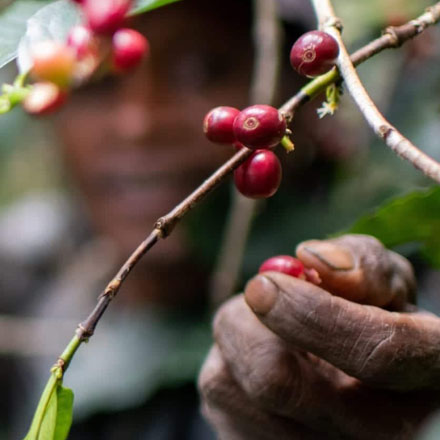
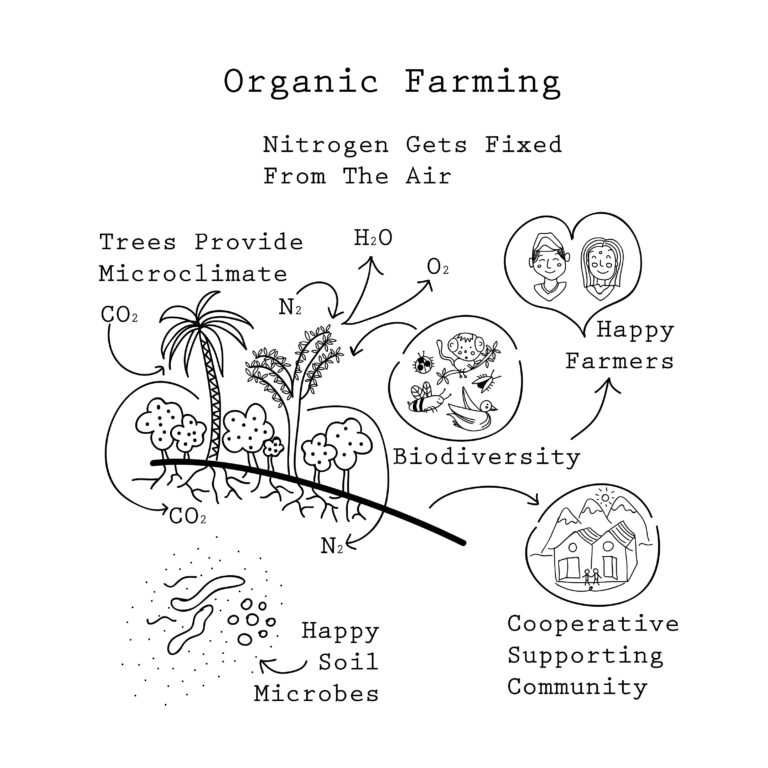

Changing the coffee world - one cup at a time
Changing the coffee world - one cup at a time - is not about spending more, but simply about becoming empowered and knowing which coffee to best spend your money, which results in the greatest social and environmental impact.
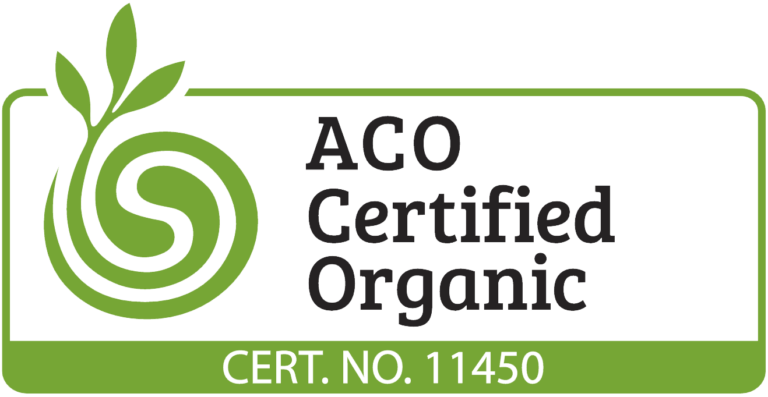
How can we build resilience in coffee communities which are subject to changes in the climate?
Certified Organic.
Organic certification guarantees (via independent 3rd party auditing) that no pesticides or chemicals have been used during cultivation and processing of this coffee. Production meets the highest level of environmental performance.
In a global marketplace where we can’t see how a product gets grown elsewhere, we have come to need standards in order to provide us transparency in an objective way about how a product is produced.
The word organic is not yet protected in Australia. That's why it can be confusing to have to distinguish between products which claim to be organic without the credibility of actually being certified to the organic standard and having the aco or nasaa label printed on the bag.
Being certified gives farmers the ability to be transparent about the way coffee is farmed and helps translate their environmental credentials to the customer. But more importantly certification works as an incentive for good practice and rewards farmers who care for their land, and invest in biodiversity and water conservation as pillars for sustainable production.
Farmers have a great responsibility and deserve respect for growing plants that help feed and nourish people. This responsibility starts with caring for the land so it can self-sustain the production of food without relying on fertilizers or chemicals. A balanced way of farming is the basis for organics.
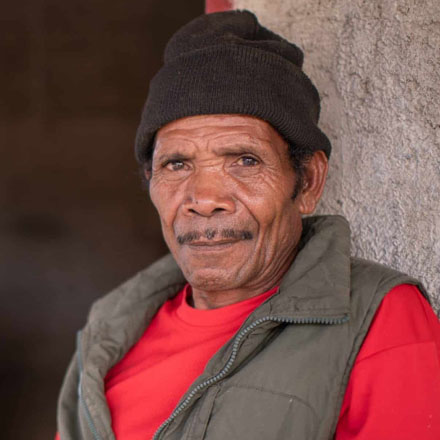
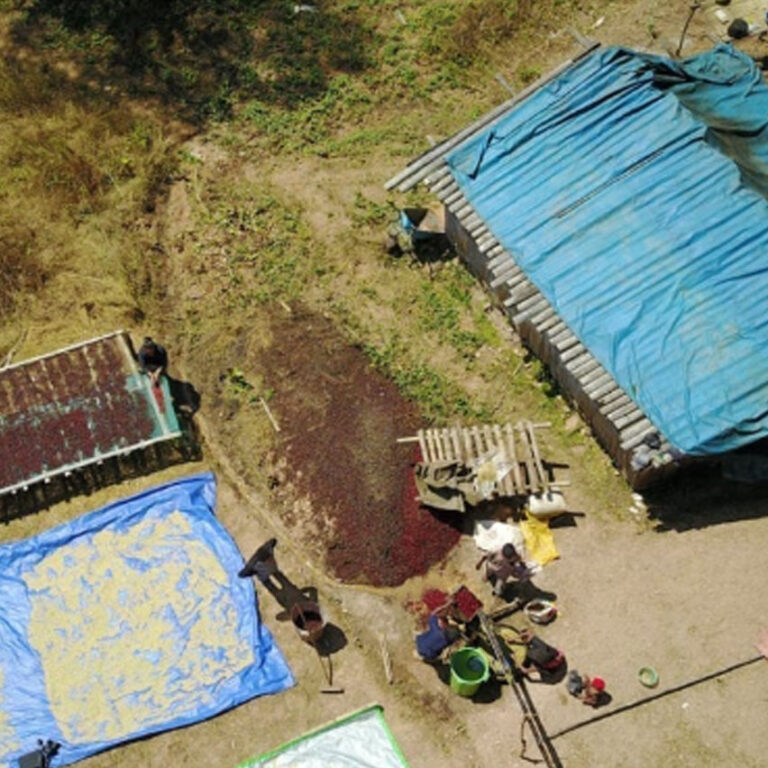
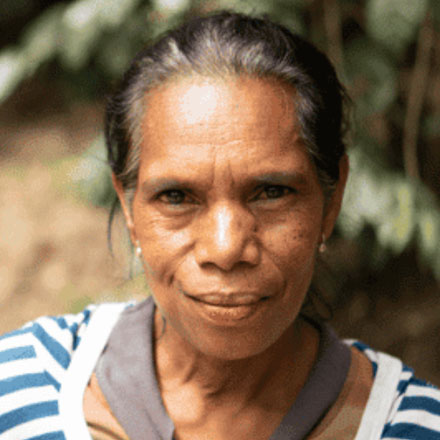
Farmers
Most coffee gets produced in large monocultures with very little biodiversity. There is no shelter and exposure to the elements makes coffee plants more susceptible to stress, pests and disease. Insects and other biodiversity cannot find a home, so pest and soil management is done by chemicals instead.
Monocultures may be efficient from a mechanical harvesting perspective, but not in terms of long term environmental sustainability of the farm or economical resilience of the farmer and these need to be balanced better.
Coffee is an understory species which means it requires a microclimate (a shelter from the sun, wind, rain and cold) in order to thrive and provide the best quality beans.
The farmers in Nepal grow coffee as part of a mixed permaculture system. Banana trees and nitrogen fixing trees provide shade, fruit, fertilizers, organic matter and prevent erosion. Food crops like corn, cassava, beans and peppers grow at the ground level. Animals process organic waste, completing the balanced closed loop nutrient cycle integral to organic farming. A high variety of plants helps support biodiversity, and this allows soil microbes, worms, insects, birds and mammals in return to prevent pest and disease.
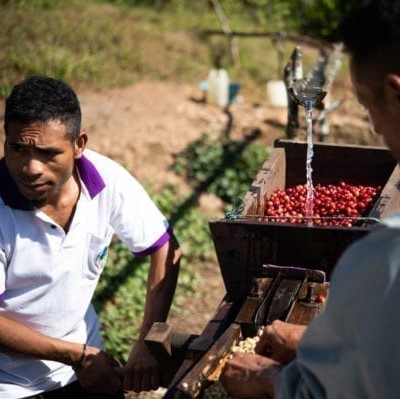
How Coffee is Grown... Organically
Coffee is the seed of a cherry like fruit on the coffee bush. When the jasmine like flowers get pollinated by bees (amongst other insects) they develop into a coffee cherry, which are ready for harvest when the cherries are burgundy red. Fruit matures unevenly on the coffee bush, which means that several harvests (4 to 9 times a year) of the same plant take place during one growing season.
All the cherries from the same farmer cooperative get brought to a central processing centre where the flesh gets separated from the seed via a pulping machine and by washing with water.
The wet parchment than gets dried in the sun to a moisture content of around 12%.
Once the coffee seeds have turned into dry parchment they are transported to the green bean grading centre which is operated by women. Here the beans undergo de-hulling by which a machine separates the outer layers from the seed and they are put through a mechanical grading/vibrating machine before final grading is done by hand. The green beans are then bagged in a combination of cotton and hessian bags before they’re stored or palletized for export to the nearest sea port (in our case Calcutta).
During field work, Nepalese farmers indicate having less or no issues with the white stem borer since growing their coffee plants the natural way, below trees. The white stem borer is a serious pest which has destroyed up to 40% of the Arabica coffee crop in India in the past! Nepalese famers understand that the Arabica coffee variety requires a microclimate to control/mitigate fluctuations in temperature, moisture and insect attack
